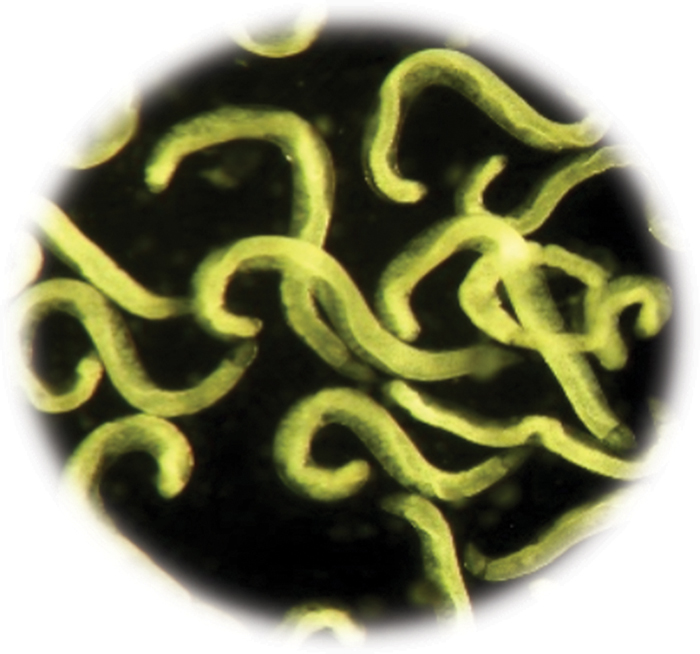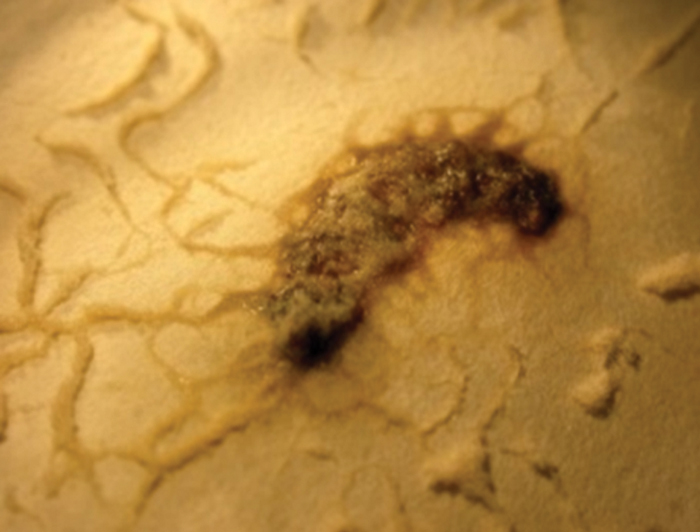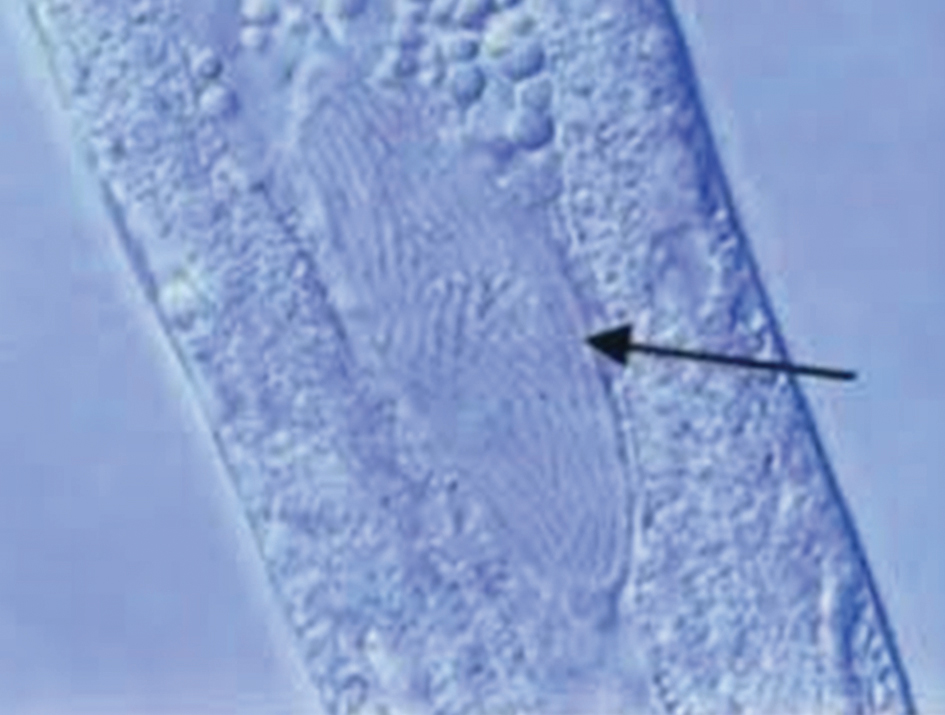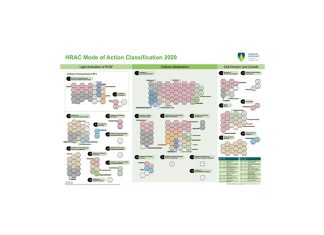
ARC-Small Grain,
Bethlehem
Crop protection is the science and practice of managing pests and diseases. Three key approaches to crop protection include:
- pesticide-based approaches such as insecticides and fungicides;
- biotechnology-based approaches such as plant breeding and genetic modification; and
- biological pest control using other organisms.
The latter approach is utilised by ARC-Small Grain in developing entomopathogen-based biocontrol agents for crop protection. Entomopathogens (nematodes, fungi, bacteria and viruses) are microorganisms that are lethal to insects. This research is motivated by the universal move towards eco-friendly approaches to use products which are safe to humans, have a low impact on the environment and preserve natural resources. In the agricultural sector and specifically in crop protection, the emphasis is on the use of biological control methods to mitigate the negative issues associated with the use of agrochemicals. These issues of worldwide public concern include safety to people and the environment and the development of resistance.

Entomopathogenic nematodes (EPN) are microscopic, insect-killing roundworms comprising of a nematode-bacterium complex. The term entomopathogenic originates from the Greek word entomon (insect) and pathogenic, meaning disease-causing. EPNs are classified as entomopathogens because of the deadly insect-killing symbiotic bacteria contained within their gut.
EPNs are widely distributed in different kinds of soil as infective juveniles. The infective juveniles (in this dormant, non-feeding stage) actively seek out or ambush their insect hosts and penetrate them through natural openings. Once the nematode is inside the insect, it releases the bacteria, which kill the insect. The relationship between these two organisms is symbiotic. The bacteria lack the ability to penetrate the host without the help of the nematode, while nematode growth and reproduction depend on suitable conditions established in the dead insect by the bacteria. Traditionally, the complex is applied for biological control of soil-borne insect pests.

A number of EPN products are commercially available internationally (mainly in Europe and the USA), contributing to the biocontrol agent market size of $3 billion in 2018 (Report ID: GMI1551). Similarly, they hold great potential for biological control of insect pests here in South Africa. However, these products are underdeveloped, hence there are currently no EPN products based on indigenous EPNs in South Africa.1 In the interim, while EPNs are being developed, producers can promote naturally occurring indigenous EPNs by practicing conservation biological control to maintain and enhance natural pest management and sustainable crop farming.
These indigenous EPNs are already adapted to their local habitat and to the target pests present in a specific area. Furthermore, their conservation can be simple and cost effective.
Symbiotic bacteria in the genera Photorhabdus and Xenorhabdus are a crucial constituent of the EPN complex. They produce antimicrobial metabolites that suppress colonisation of the dead insect by competing secondary invaders. This discovery is the basis of the recent interest to explore the antimicrobial properties of the symbiotic bacterial metabolites for control of plant pests and diseases. A number of metabolites with insecticidal, antifungal, antibacterial, nematicidal and/or cytotoxic activities have been isolated from EPN-symbiotic bacteria for crop protection. Alternatively, bacterial filtrates have been used without isolating different compounds. This requires less processing steps from an industrial perspective.

Photo: http://entnemdept.ufl.edu/nguyen/morph/biology/symbac.htm
In this regard, current research at ARC-Small Grain is exploring the use of EPN bacterial metabolites for control of plant pests and pathogens. Several indigenous EPN species from the collection at ARC-Small Grain and their symbiotic bacteria proved to be suppressive of key agricultural insect pests, plant pathogens and a major species of plant-parasitic nematode, the root-knot nematode (Meloidogyne incognita). Research is in progress and opens a window to expand application of the EPN-bacterial complex to control both insect pests and diseases. New technologies enable the separation of the two organisms and exploitation of their beneficial traits towards improved crop protection. Furthermore, local production will support government efforts to reduce the use of agrochemicals and could facilitate adoption by producers. In future, the research will focus on development of both entities for incorporation into integrated pest management programmes.
Contact Dr Tshima Ramakuwela at 058 307 3400 or ramakuwelat@arc.agric.za for more information.
Reference
- Hatting, JL & Malan, AP. 2017. Status of entomopathogenic nematodes in integrated pest management strategies in South Africa. In Abd-Elgawad, MMM, Askary, TH & Coupland, J (Eds), Biocontrol agents: Entomopathogenic and slug parasitic nematodes (pp. 409 – 428). Switzerland, CH: CAB International Publishing.



















